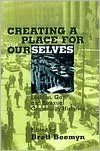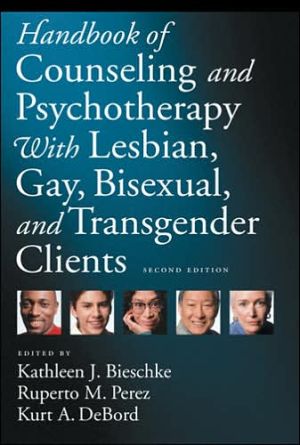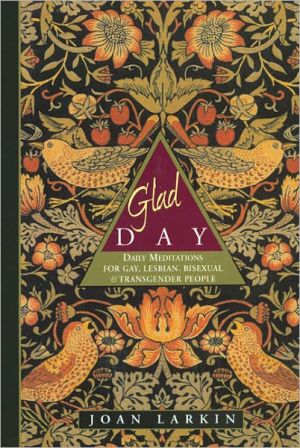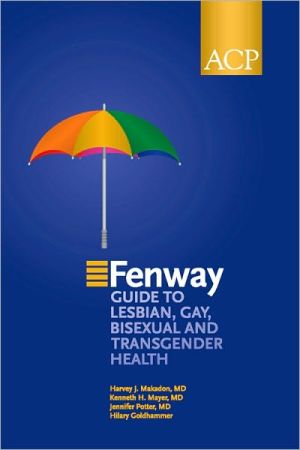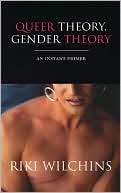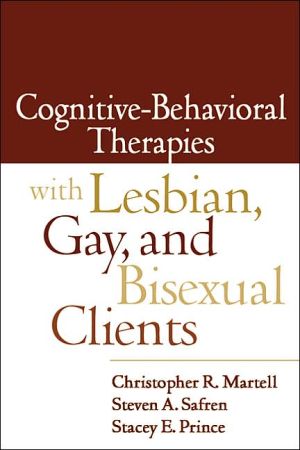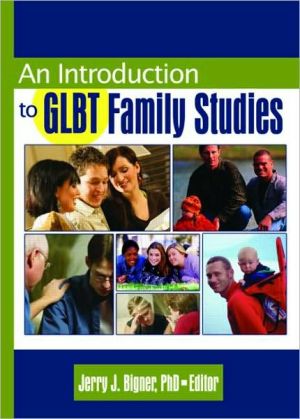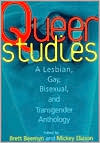Creating a Place for Ourselves: Lesbian, Gay and Bisexual Community Histories
Creating a Place For Ourselves is a groundbreaking collection of essays that examines gay life in the United States before Stonewall and the gay liberation movement. Along with examining areas with large gay communities such as New York, San Francisco and Fire Island, the contributors also consider the thriving gay populations in cities like Detroit, Buffalo, Washington, D.C., Birmingham and Flint, demonstrating that gay communities are truly everywhere.\ Creating A Place For Ourselves...
Search in google:
Creating a Place For Ourselves is a groundbreaking collection of essays that examines gay life in the United States before Stonewall and the gay liberation movement. Along with examining areas with large gay communities such as New York, San Francisco and Fire Island, the contributors also consider the thriving gay populations in cities like Detroit, Buffalo, Washington, D.C., Birmingham and Flint, demonstrating that gay communities are truly everywhere.Creating A Place For Ourselves contains rich oral history about lesbian, gay and bisexual life in pre-Stonewall Amerca: Allen Drexel considers the lives of gay men on Chicago's South Side through the lens of "Finnie's Balls," an annual Halloween extravaganza in the 1950s which drew thousands of spectators and participants, including many Black working-class gays. Roey Thorpe explores the development of white lesbian life in Post-World War II Detroit, tracing the changing nature and clientele of several of the city's lesbian bars; Marc Stein looks at how lesbian and gay politics arose in Philadelphia, and how activists relied on languages of nationalism, patriotism and citizenship to further their political aims; and Tim Retzloff examines how the manufacturing plants of Flint, Michigan produced the very product that helped to establish a gay nightlife in the 1950s--the automobile. He argues that because of the city's geographic dispersal, the automobile was necessary for transportation as well as served as an important space for same-sex encounters.Using oral history and rich narrative voices, Creating a Place For Ourselves brings to life the vibrant lesbian, gay and bisexual communities that existed all across America in the days before Stonewall.Contributors: Brett Beemyn, Nan Alamilla Boyd, George Chauncey, Madeline Davis, Allen Drexel, John Howard, David Johnson, Liz Kennedy, Joan Nestle, Esther Newton, Tim Retzloff, Marc Stein, Roey Thorpe. Publishers Weekly This collection of scholarly essays sets itself the task of uncovering untold stories of gay American history. Selecting times and places from the 1920s to the '60s, from San Francisco to Fire Island, the 13 writers included here, all academics, argue that there is more to gay history than that centered around the Castro and Greenwich Village. Because of its unambitious scope and the banal interviewing techniques of the contributors, the collection does little more than make that single point. The highlight of the book is Esther Newton's piece on Fire Island, in which she makes the case that the gay resort off Long Island would not be what it is without the contributions of several prominent lesbians of the 1930s. Newton's article does what the other essays probably should have donecombine interesting facts and minutiae with a good narrative and compelling historical characters. The other 12 pieces gather a dozen or so incidental facts and provide particular historical reference material to make a walk through the neighborhood a bit more resonant. Thus the book is more a tool for those engaged in similar lines of study than a useful study in itself. Beemyn teaches African American history at the University of Iowa. (June)
Introduction11The Policed: Gay Men's Strategies of Everyday Resistance in Times Square92"I Could Hardly Wait to Get Back to that Bar": Lesbian Bar Culture in Buffalo in the 1930s and 1940s273"Homos Invade S.F.!": San Francisco's History as a Wide-Open Town734The Kids of Fairytown: Gay Male Culture on Chicago's Near North Side in the 1930s975Before Paris Burned: Race, Class, and Male Homosexuality on the Chicago South Side, 1935-19601196The "Fun Gay Ladies": Lesbians in Cherry Grove, 1936-19601457The Changing Face of Lesbian Bars: in Detroit, 1938-19651658A Queer Capital: Race, Class, Gender, and the Changing Social Landscape of Washington's Gay Communities, 1940-19551839Place and Movement in Gay American History: A Case from the Post-World War II South21110Cars and Bars: Assembling Gay Men in Postwar Flint, Michigan22711"Birthplace of the Nation": Imagining Lesbian and Gay Communities in Philadelphia, 1969-197025312Afterword289Notes on Contributors293Index297
\ Publishers Weekly - Publisher's Weekly\ This collection of scholarly essays sets itself the task of uncovering untold stories of gay American history. Selecting times and places from the 1920s to the '60s, from San Francisco to Fire Island, the 13 writers included here, all academics, argue that there is more to gay history than that centered around the Castro and Greenwich Village. Because of its unambitious scope and the banal interviewing techniques of the contributors, the collection does little more than make that single point. The highlight of the book is Esther Newton's piece on Fire Island, in which she makes the case that the gay resort off Long Island would not be what it is without the contributions of several prominent lesbians of the 1930s. Newton's article does what the other essays probably should have donecombine interesting facts and minutiae with a good narrative and compelling historical characters. The other 12 pieces gather a dozen or so incidental facts and provide particular historical reference material to make a walk through the neighborhood a bit more resonant. Thus the book is more a tool for those engaged in similar lines of study than a useful study in itself. Beemyn teaches African American history at the University of Iowa. (June)\ \ \ \ \ Library JournalButch lesbians in Buffalo, high-class lesbians in Cherry Grove, gay auto workers in Flint, and all sorts of gay folk in San Francisco and New York are all found in this collection of essays examining the development of myriad gay communities in the country. Washington, D.C., Chicago, Detroit, Birmingham, and Philadelphia are also covered. Doubts that there were sizable gay communities before Stonewall will now be put to rest. Sometimes focusing on specific events or subgroups, the sociological studies collected here by Beemyn (African American studies, Univ. of Iowa) demonstrate how gay and lesbian gathering places served not only as venues for sexual contact but also provided a social network. The police raids and harassment, threats from neighbors, and government surveillance that were customary before Stonewall (and even in parts of the country today) are discussed here. But the focus is on how gay and lesbian communities not only survived but passed on a legacy through it all. Highly recommended for gay and lesbian studies collections.Lee Arnold, Historical Soc. of Pennsylvania, Philadelphia\ \
